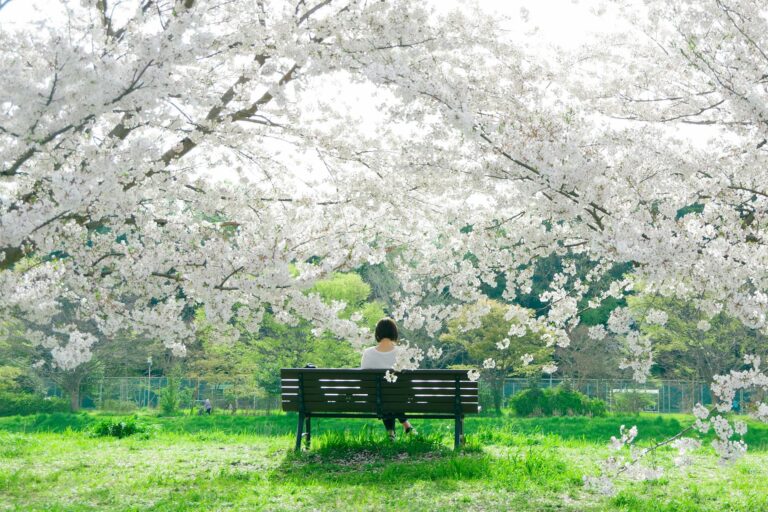How to Create a Garden Meditation Space at Home for Peace and Relaxation
Creating a garden meditation space at home gives you a peaceful spot to relax and recharge without leaving your property. The key is to design an area that feels private, calm, and connected to nature, using simple elements like a comfortable seat, water features, and soothing plants. This space can be as small or large as you want, it’s all about what helps you feel grounded and focused.
When you plan your meditation garden, think about how you want to use it and what makes you feel calm. A bench, hammock, or even a yoga mat under a shade structure can set the mood. Adding natural sounds with a fountain or birdbath brings another layer of serenity to your space.
By choosing a quiet corner of your yard or garden and carefully selecting elements that promote relaxation, you create a personal retreat helpful for mindfulness and stress relief. This guide will help you design a meditation garden that fits your lifestyle and brings a gentle sense of calm to your daily routine.
Benefits of a Garden Meditation Space
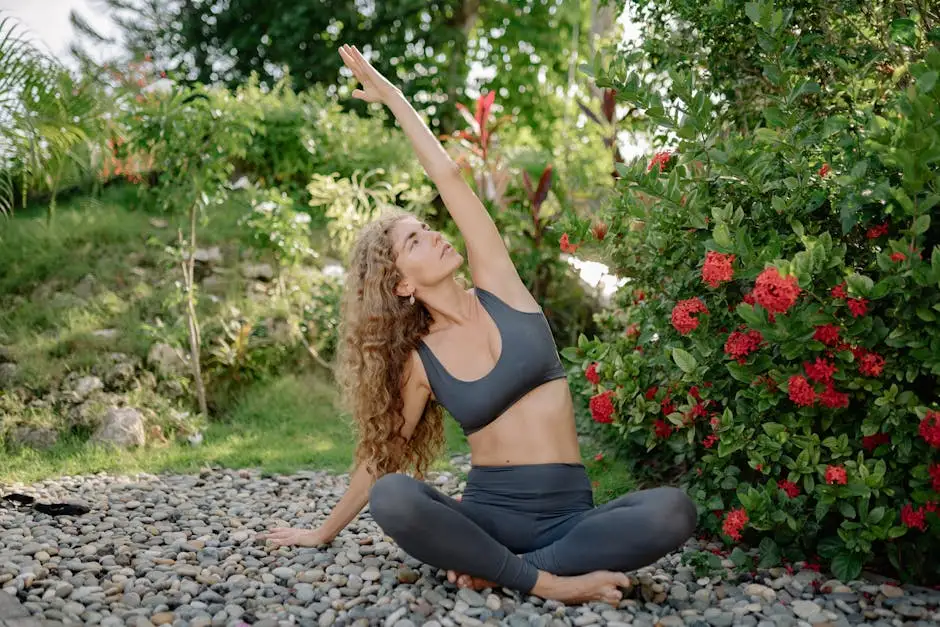
Creating a meditation space in your garden brings specific advantages that impact your mind, body, and environment. It helps improve your mood, physical health, and fosters a deeper bond with nature through simple, focused practices.
Mental and Emotional Well-Being

Your garden meditation space offers a quiet refuge where you can reduce stress and calm your mind. Spending time here regularly helps lower anxiety by encouraging mindfulness and self-awareness.
It creates a peaceful environment away from daily distractions, promoting better focus and mental clarity. This can enhance your mood and reduce feelings of overwhelm or restlessness.
You may also experience improved emotional balance as the calm setting allows you to process thoughts and emotions more effectively. Over time, this supports resilience and a more positive outlook.
Physical Health Advantages
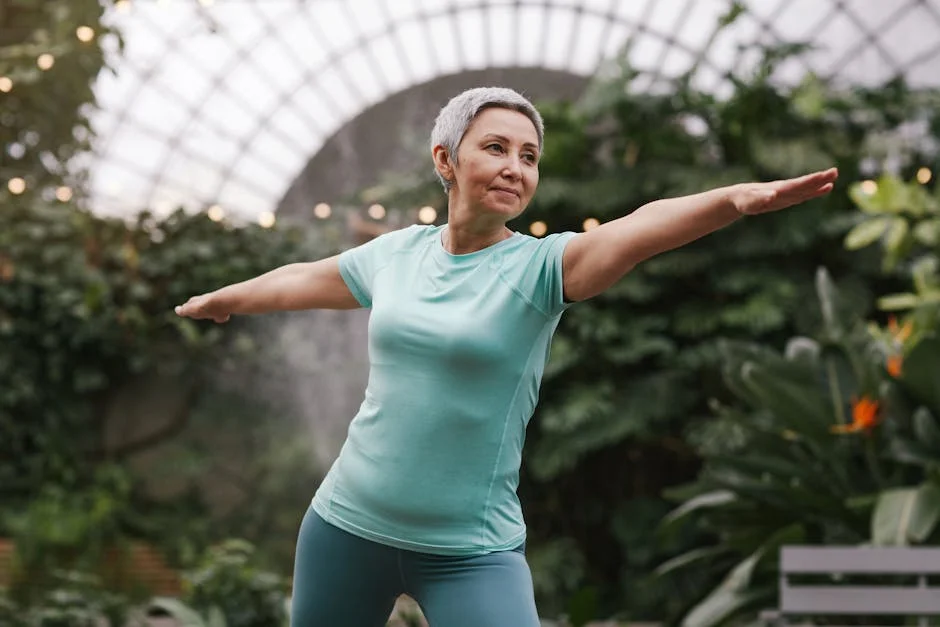
Using your garden for meditation can positively affect your physical health in subtle ways. The calmness you cultivate lowers blood pressure and heart rate, reducing strain on your cardiovascular system.
Regular meditation sessions in your garden can help decrease muscle tension by promoting relaxation. You might notice improvements in sleep quality and reduced symptoms of chronic pain thanks to the consistent practice.
Additionally, gentle exposure to fresh air and natural light supports vitamin D production and boosts your immune system. These factors combine to create a healthier body overall.
Connection to Nature

Your outdoor meditation space deepens your relationship with the natural world. Being surrounded by plants, soil, and fresh air helps you feel grounded and present in the moment.
The sensory experience of nature, the sounds of birds, rustling leaves, and natural scents, enhances your meditation by engaging multiple senses. This can make your practice more immersive and enjoyable.
You also nurture an appreciation for environmental rhythms and cycles by observing seasonal changes in your garden. This ongoing connection fosters a sense of calm and belonging that extends beyond your meditation sessions.
Choosing the Right Location

You want a spot that feels comfortable throughout your meditation time. It should balance light, privacy, and easy access, so you can focus without distractions or inconvenience.
Assessing Sunlight and Shade

Look for a place with gentle, natural light. Too much direct sun can cause discomfort or heat, while deep shade might feel gloomy. Ideally, pick a location where you get morning sun or soft afternoon light.
Consider how the sun moves on your property. You might need to adjust with shade structures or plants. If your garden has existing trees, use them to provide natural shelter from harsh sunlight.
Sunlight influences not only comfort but also the health of any plants you want to include, so find a balance that suits both your meditation and garden elements.
Ensuring Privacy

Your meditation garden should feel like a personal refuge. Avoid spots that face busy streets or neighbors’ windows. Use natural barriers like tall plants, shrubs, or bamboo fencing to create a sense of enclosure.
You can add features such as trellises with climbing vines or place a screen to block unwanted views. Sound is key, so consider how walls, fences, or water features can muffle outside noise.
A private setting lets you relax and stay focused on your practice without interruptions or feeling self-conscious.
Accessibility and Convenience

Choose a location that you can reach easily anytime you want to meditate. It should be close enough to your home to not require extensive preparation or travel.
Avoid areas with difficult terrain, such as steep slopes or uneven ground, which can make frequent visits less appealing.
Consider practical needs like seating arrangements, lighting for early morning or late evening, and proximity to water if you plan to include a pond or fountain.
A convenient spot helps make your meditation practice a regular part of your routine without hassle.
Designing Your Meditation Space
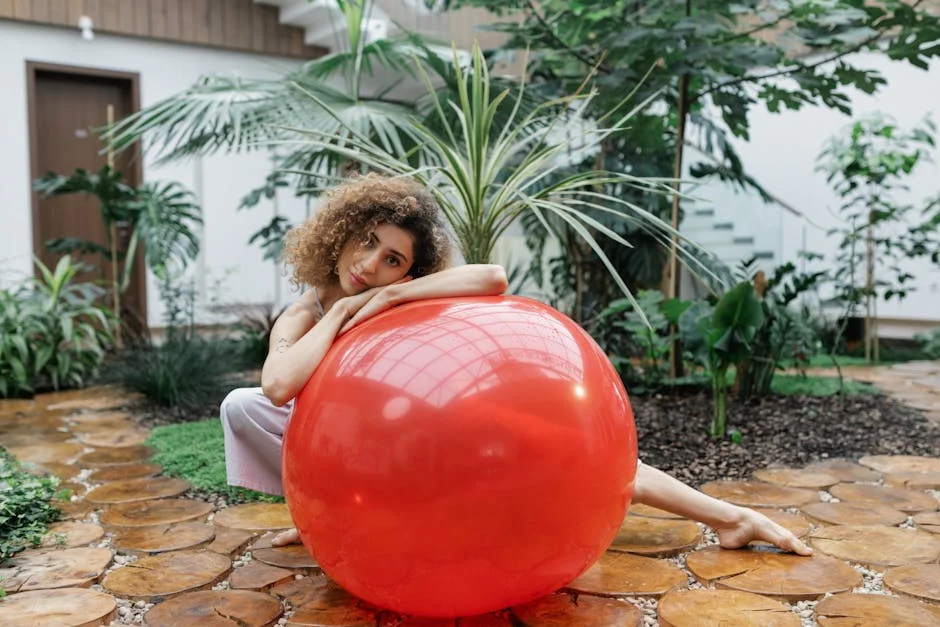
Creating your meditation space involves choosing a style that feels right, bringing in natural elements that calm you, and setting up seating that invites you to sit and relax. Each piece contributes to making the area a personal retreat where you can unwind and focus.
Selecting a Style and Theme
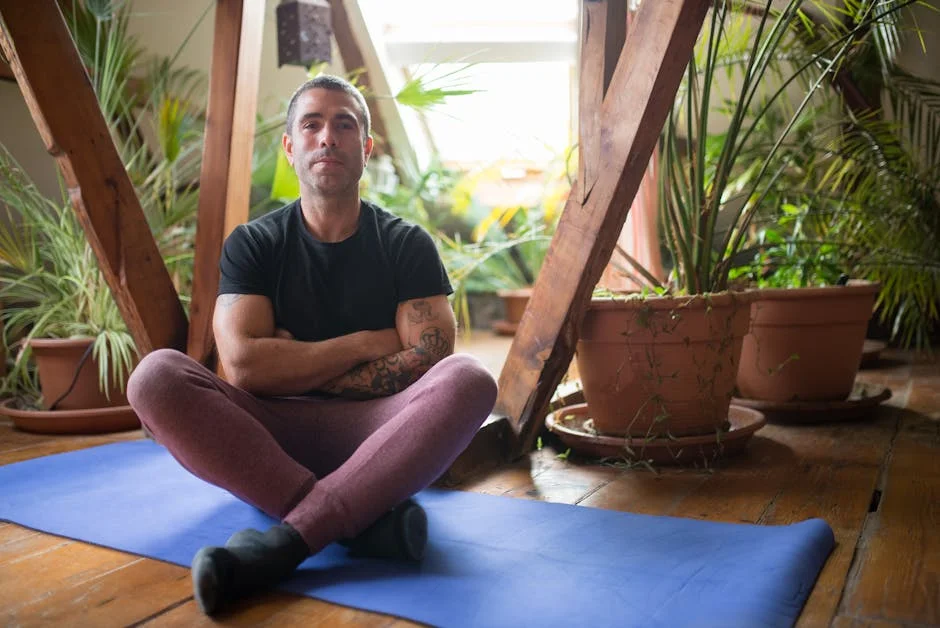
Pick a style that reflects what helps you relax the most. Some popular themes include minimalist, Japanese Zen, rustic, or tropical. Think about colors and materials; soft earth tones and natural textures often create a soothing vibe.
Use elements like smooth stones, bamboo, or weathered wood to tie your theme together. Avoid clutter to keep the space clear and inviting. Your style choice should encourage stillness, so it’s okay to keep decorations simple and meaningful.
Incorporating Natural Elements

Nature plays a big role in helping you concentrate and feel calm. Add plants that thrive in your climate, like ferns or succulents, which require little maintenance but add life. Water features like small fountains create peaceful sounds.
Consider using natural pathways or mulch to define the area. Sunlight and shade balance is important, too much sun might be distracting, so use trees or awnings to create cozy spots. You want a place that feels connected to the outdoors but comfortable for sitting.
Arranging Seating Areas
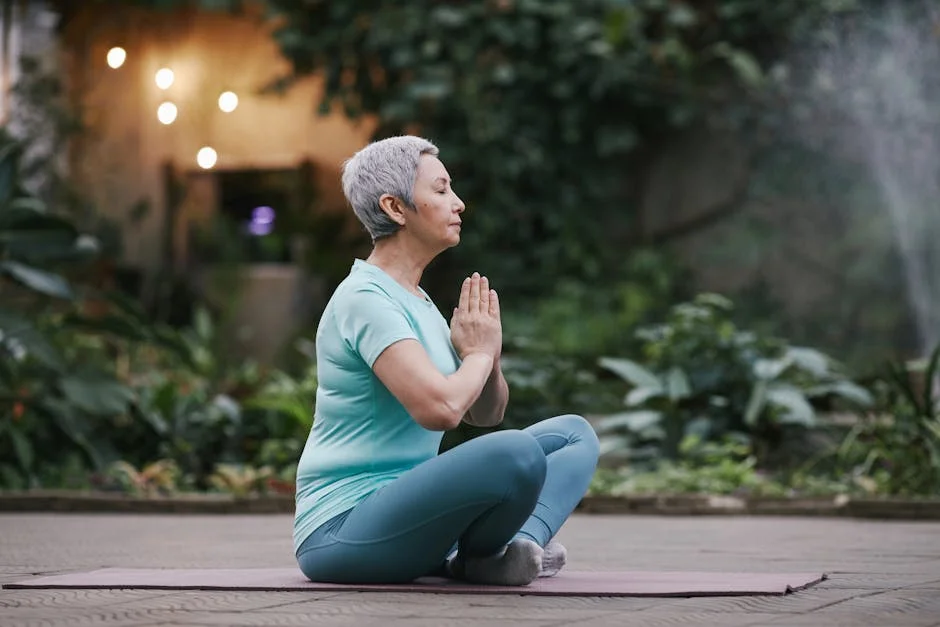
Your seating should support comfort and ease during meditation. Options include a simple bench, cushions, or a low chair depending on your preferences. Arrange seating so you face a peaceful focal point, such as a garden sculpture or water feature.
Make sure the area is level and stable to keep your seating secure. Allow enough space around your seat for movement or stretching. If possible, add a small table nearby to hold items like a timer, water, or a journal for your practice.
Choosing Plants and Features

Your garden meditation space should feel peaceful and inviting through your choice of plants and special elements. Focus on plants that promote calm and sensory engagement, paired with features that encourage gentle sounds and pleasant scents.
Selecting Calming Plants
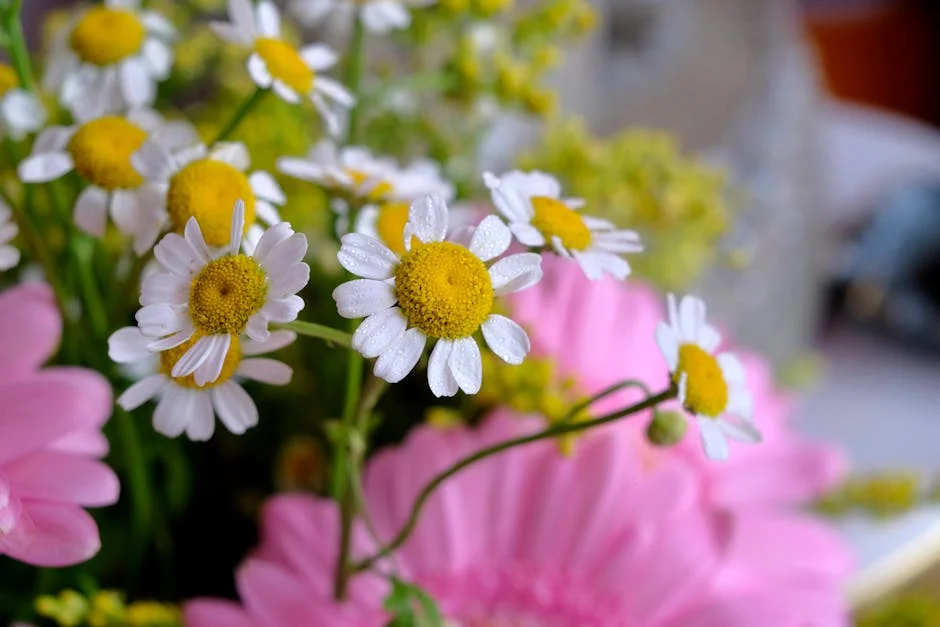
Choose plants with soft textures and soothing colors like greens, pale blues, and lavenders. Grasses that move with the breeze, evergreens with stable forms, and flowering natives that attract butterflies can create a gentle, living backdrop.
Some good options include lavender, hostas, and ornamental grasses. These plants offer a mix of structure and softness, helping your space feel balanced and restful. Avoid overly bright colors or high-maintenance plants that might add stress rather than calm.
Adding Water Features
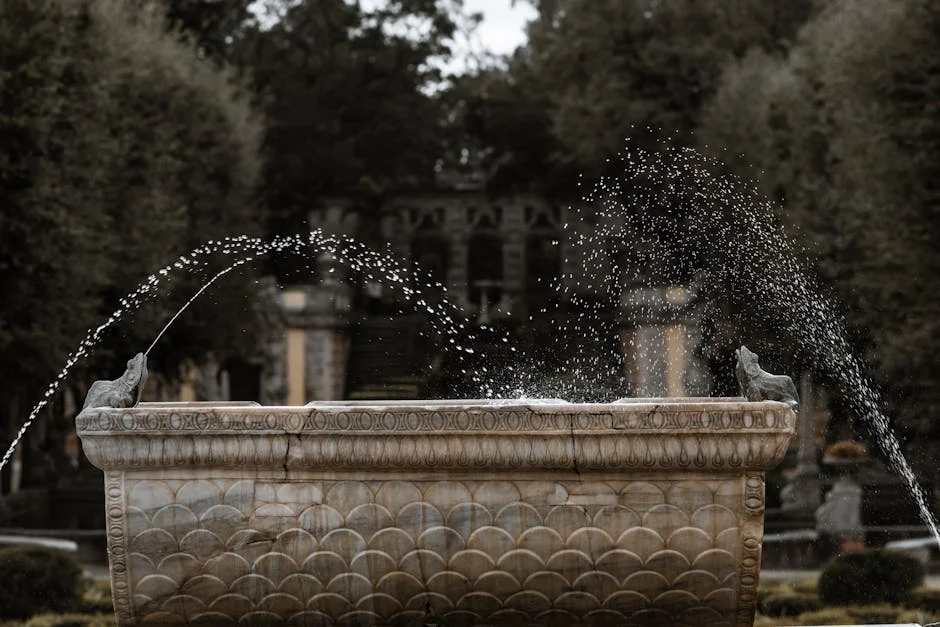
Water features introduce a subtle, continuous sound that can mask distracting noises and promote relaxation. Small fountains, pondless waterfalls, or even a birdbath with a gentle trickle work well for this.
Choose something simple and low-maintenance to avoid stress around upkeep. Moving water naturally absorbs sound, making it easier for you to focus during meditation or quiet reflection.
Incorporating Aromatic Herbs

Incorporate herbs known for calming scents such as rosemary, mint, or chamomile near seating areas. Their aromas can naturally enhance relaxation and help you stay present.
Plant some of these herbs in pots for easy access, or in garden beds where you can brush gently against them. Touching or lightly crushing the leaves releases their fragrance, adding another layer to your sensory meditation experience.
Personalizing the Meditation Area
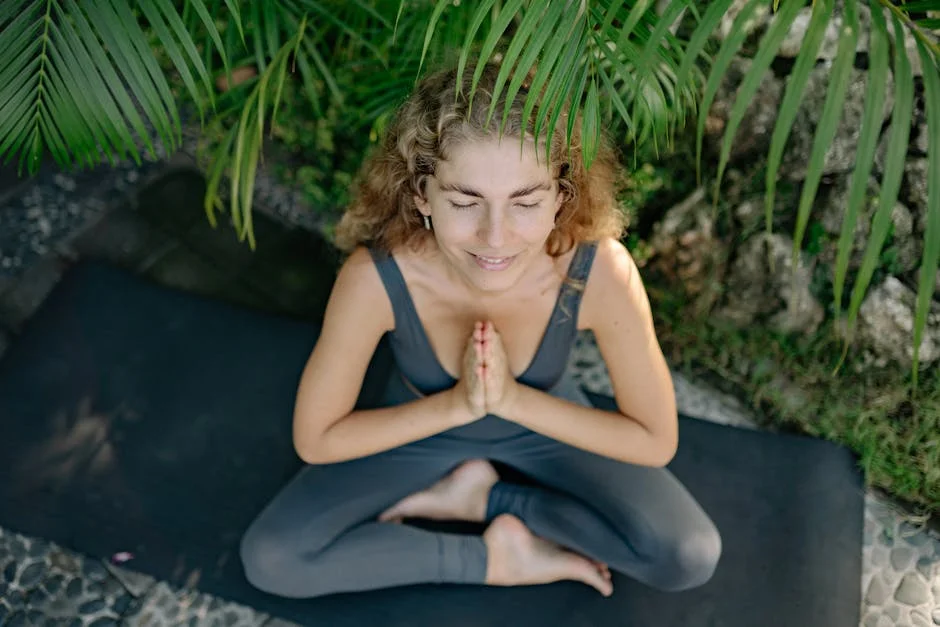
Your meditation space should reflect what calms and centers you. Small details like chosen decor and lighting create an atmosphere that feels inviting and peaceful.
Decorative Touches

Choose decorations that bring you comfort and inspiration. Items like smooth stones, small statues, or wind chimes add texture and soften the space. Incorporate natural elements such as potted plants or flowers to keep the connection to nature alive.
Textiles like cushions or throws in colors that relax you—soft blues, greens, or earth tones—make sitting more comfortable. You can also include items with personal meaning, such as crystals or meaningful artwork.
Keep decorations minimal to avoid clutter. Focus on a few pieces that help anchor your mind when you meditate.
Lighting Options

Lighting plays a big role in setting the right mood. Use soft, warm light rather than bright or harsh bulbs.
Consider solar-powered lanterns or string lights for an outdoor spot. Candles are excellent for calming flicker but always follow safety precautions.
If your space gets natural light, position seating to take advantage of gentle sunlight. In shaded areas, small LED lamps with adjustable brightness work well.
Dimmer switches or battery-operated lamps give you control over light levels to suit different meditation times. Selecting the right lighting helps your mind relax and focus better.
Maintaining Your Tranquil Retreat

To keep your garden meditation space inviting, focus on routine care that supports growth and calm. Regular attention to your plants and environment will help preserve the peaceful atmosphere you’ve created.
Seasonal Care Tips

Adjust your garden care based on the season to ensure plants stay healthy and your space remains serene. In spring, prune dead branches and plant new low-maintenance varieties that thrive in your climate.
Summer requires consistent watering; consider using drip irrigation to keep moisture levels steady without overwatering. Mulching helps retain soil moisture and reduces weeds.
In fall, clear fallen leaves and debris to prevent mold and maintain clean pathways. Winter might call for protective coverings on delicate plants to shield from frost.
Regularly check for pests or disease, and replace any plants that no longer contribute to your retreat’s peaceful feel.
Keeping the Space Clutter-Free
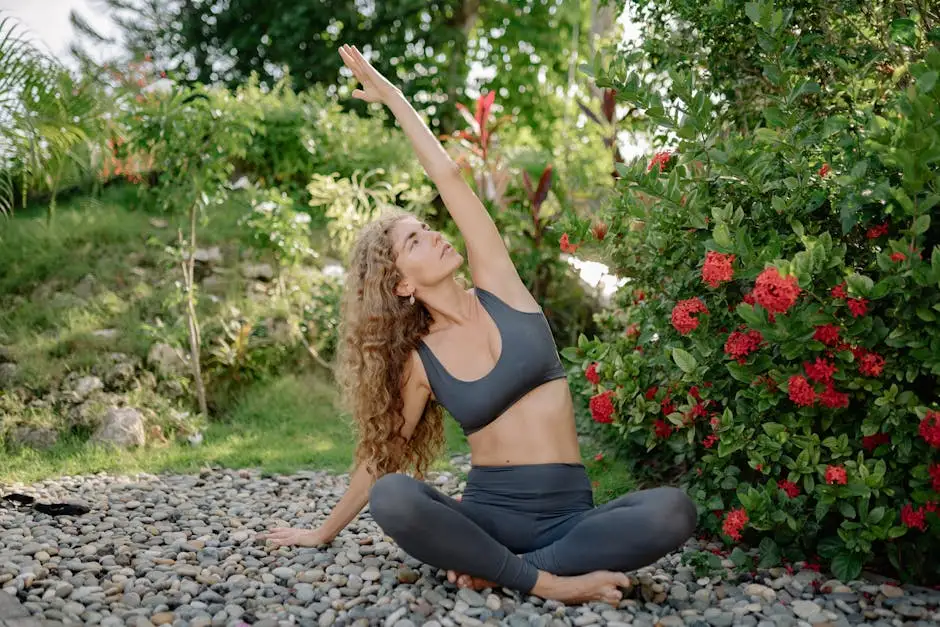
A clutter-free garden meditation space helps your mind stay clear. Remove garden tools, pots, and other non-essential items after use to keep the area tidy.
Use storage boxes or small sheds if you need to keep things nearby but out of sight. Maintain clean pathways by sweeping or raking regularly.
Trim back overgrown plants that might crowd seating or walking areas. If you include decorative items, arrange them in a simple, balanced way without overcrowding.
Automatic watering systems and native plants can reduce maintenance work, keeping your retreat both calm and easy to care for.



